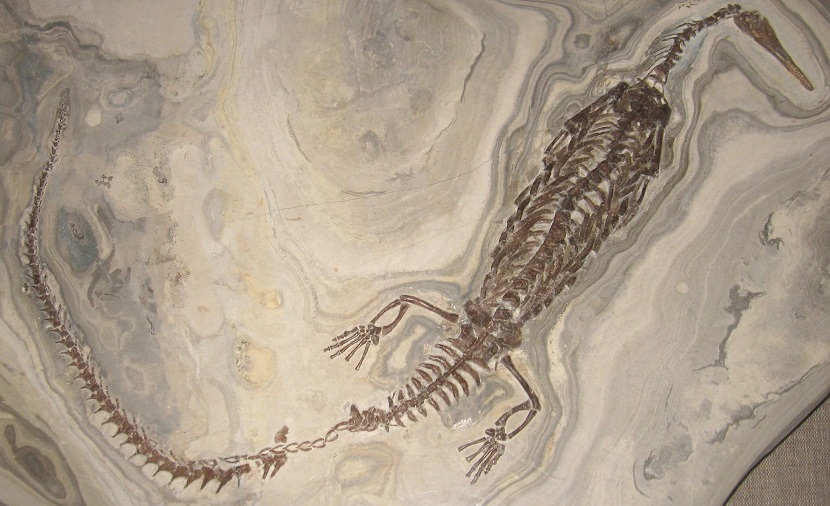Yesterday , Today and Tomorrow
The flash and flitter,
Of fun and frolic,
Enjoy Dribbling the soccer,
From Argentina
To Sweden;
Whistling ,
“Tsamina mina, eh eh
Waka waka, eh eh
Tsamina mina zangalewa
This time for Africa “.
Fossils of Mesosaurus
Not only in Brazil,
but also in Africa ??
Surprised !!!
A freshwater animal
Could not have swam
Across the Atlantic Ocean,
How fossils end up on either side
of that vast ocean?

.
Glossopteris !!!
The massive seeds
could not have floated
or been blown on the wind
to other land masses
in South America, Africa,
India, Antarctica and Australia.
How, How ??
A supercontinent,
the only credible explanation
For dispersion of seeds via land.
Lystrosaurus,Mesosaurus,
And plant Glossopteris,
Speaketh volumes,
On continental shift,
Were,are,
and will be mute witnesses.
To our madness,
Of cementing
The true truths .
Not in the recent past,
Appropriate in “Yugas”,
Not in near future,
But in millions of years,
India, yes India
A large island
Off the Australian coast ,
Separated by Tethy’s sea,
From Asian continent.
Pangaea broke apart,
Indian landmass
Started moving northwards,

And appears stationary
Where presently is,
Still moving,
Nine meters a century.
Never know,
By Satya yuga,
Our great grandchildren,
Must be enjoying cricket,
On the site of Everest !!!
Turned into a space station,
For interplanetary travels.
“Earth's continents are constantly in motion, and by running the tape forwards and backwards we can figure out where they were in the past – and where they might go in the future”
? By Chris Baraniuk
NOTES:
"About 225 million years ago, India was a large island still situated off the Australian coast, and a vast ocean (called Tethys Sea) separated India from the Asian continent. When Pangaea broke apart about 200 million years ago, India began to forge northward. By studying the history -- and ultimately the closing.
-- of the Tethys, scientists have reconstructed India's northward journey. About 80 million years ago, India was located roughly 6,400 km south of the Asian continent, moving northward at a rate of about 9 m a century. When India rammed into Asia about 40 to 50 million years ago, its northward advance slowed by about half. The collision and associated decrease in the rate of plate movement are interpreted to mark the beginning of the rapid uplift of the Himalayas.
Take the example of Mesosaurus, a creature not dissimilar from today's crocodiles. It was a freshwater reptile with a long, powerful jaw, which lived between 270 and 300 million years.
Here is the weird part. Fossils of Mesosaurus are found, not just in South America, but Africa as well. It was a freshwater animal and could never have swum across the Atlantic Ocean to develop colonies on both continents. How did its fossils end up on either side of that vast ocean, then?
The answer is simple: 300 million years ago, there was no Atlantic. Those two continents were joined, and Mesosaurus never had to swim that distance.
In fact, when Mesosaurus was alive it was possible to walk between almost any two points on any two continents. All the landmasses were united in the supercontinent Pangaea – which is something Scotese expects to happen again about 250 million years from now when his "Pangaea Proxima" supercontinent forms."

Dr. (Major) B. C. Nayak is an Anaesthetist who did his MBBS from MKCG Medical College, Berhampur, Odisha, MD from the Armed Forces Medical College, Pune and FCCP from the College of Chest Physicians New Delhi. He served in Indian Army for ten years (1975-1985) and had a stint of five years in the Royal Army of Muscat. Since 1993 he has been working as the Chief Consultant Anaesthetist, Emergency and Critical Care Medicine at the Indira Gandhi Cooperative Hospital, Cochin.


Viewers Comments